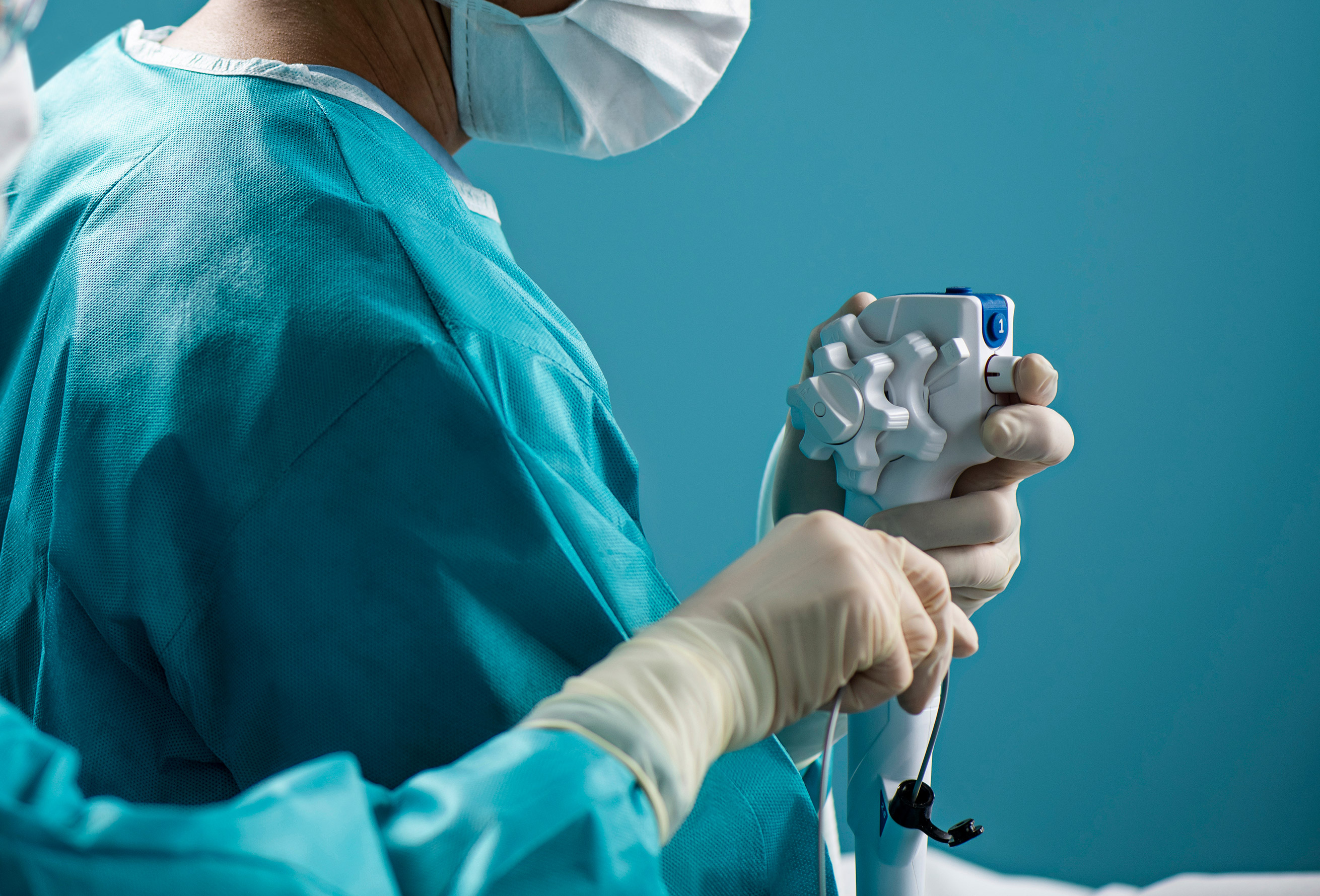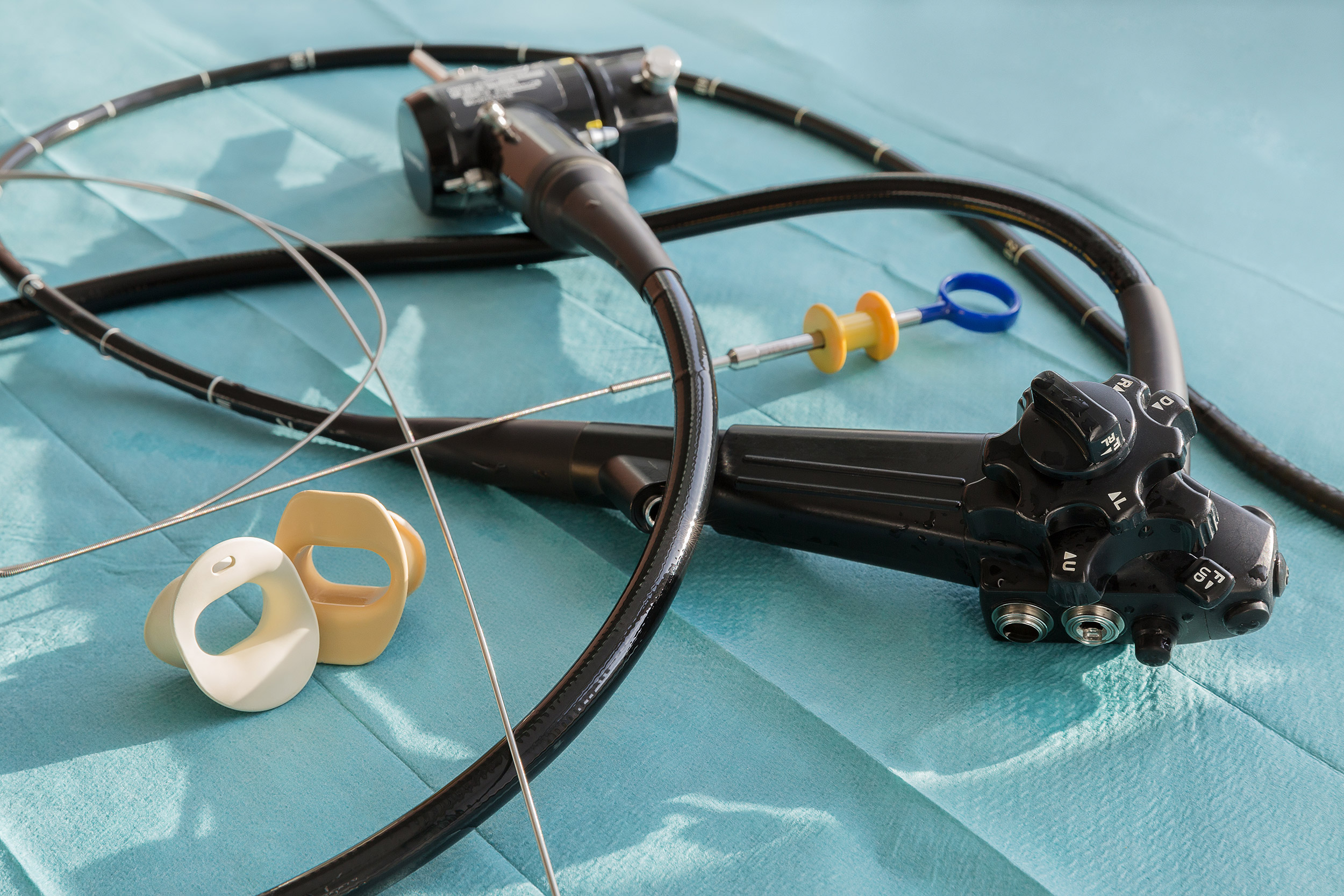
A randomized trial comparing single-use cystoscopes to standard-of-care reusable flexible endoscope options found the two devices to be comparable in many areas — with the novel single-use option offering a significant advantage in one key area.
A poster presented by Dr. Brett A. Johnson, an assistant professor in the Department of Urology at UT Southwestern Medical Center, at AUA 2023 in Chicago concluded that the two cohorts “showed comparable device success with significant time savings for single-use and equal clinician satisfaction.”
The trial compared the Ambu aScope 4 Cysto against a traditional reusable cystoscope for the removal of ureteral stents. Ambu USA provided funding for the study and is the publisher of this website.
---------------------------------------
Related:
---------------------------------------
The trial, done in an outpatient setting, included 102 patients who were evaluated from baseline through 10 days post-procedure. Researchers found similar success rates as all 51 cases were completed with the reusable device and 50 out of 51 were done successfully with the single-use scope. The only conversion to a reusable cystoscope was due to a grasper passage issue, according to the poster.
The trial found no difference in time from insertion of the scope to procedure completion. When factoring in preparation time, however, single-use cystoscopes saved significant amounts of time.
The start of prep through disposal took an average of 611 seconds, or just over 10 minutes, with the Ambu scope. Start of prep through the beginning of reprocessing preparation lasted 1,105 seconds (nearly 18 and a half minutes) with the standard-of-care device. Reprocessing time was not included in the study.
The study also found no significant difference in clinician satisfaction or adverse events between the cohorts. One serious adverse event came within the reusable group — a patient was hospitalized for an infection.
“Reusable cystoscopes are associated with risks of cross-contamination, need for chemical reprocessing, mechanical breakdown, manpower for cleaning and maintenance costs,” the poster notes. “A sterile, single-use cystoscope may reduce or eliminate the source of these infections, while also decreasing exposure to reprocessing chemical agents.”


